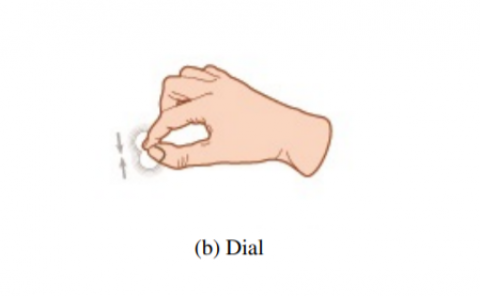Evoking and assessing vastness in virtual environments
PubDate: September 2015
Teams: Max Planck Institute for Biological Cybernetics,University of Utah,Carnegie Mellon University
Writers: Greg Rauhoeft;Markus Leyrer;William B. Thompson;Jeanine K. Stefanucci;Roberta L. Klatzky;Betty J. Mohler
PDF: Evoking and assessing vastness in virtual environments

Abstract
Many have experienced vastness, the feeling when the visual space seems to extend without limits away from you, making you feel like a small element within the space. For over 200 years, people have been writing about this experience, for example stating that vastness is important to the experience of awe [Mikulak 2015]. Yet vastness has received little attention in empirical research. Specifically, it is unknown which aspects of the visual stimulus contribute to perceived vastness. This may be due to the inherent difficulties in presenting a variety of vast stimuli while varying only specific visual cues. Using virtual reality addresses these difficulties, as this technology provides precise control over the presented visual stimuli. Here we investigate whether the feeling of vastness can be evoked using virtual reality and explore potential objective measures to assess vastness. We used three different measures during this experiment: 1) An avatar height adjustment task where participants had to adjust an avatar to be equivalent to their own height as viewed from a distance, 2) a distance estimation task and 3) a subjective vastness rating task. These tasks were performed in four environments: a plain (used in all subsequent environments for the ground and sky surfaces), a forest, a mountain and the mountain and forest environments combined. Our results indicate that the feeling of vastness can indeed be experienced to various degrees in virtual environments, demonstrating the potential of VR as a tool for exploring the perception of vastness. Yet the results combined suggest that the percept of vastness is a rather complex construct.

